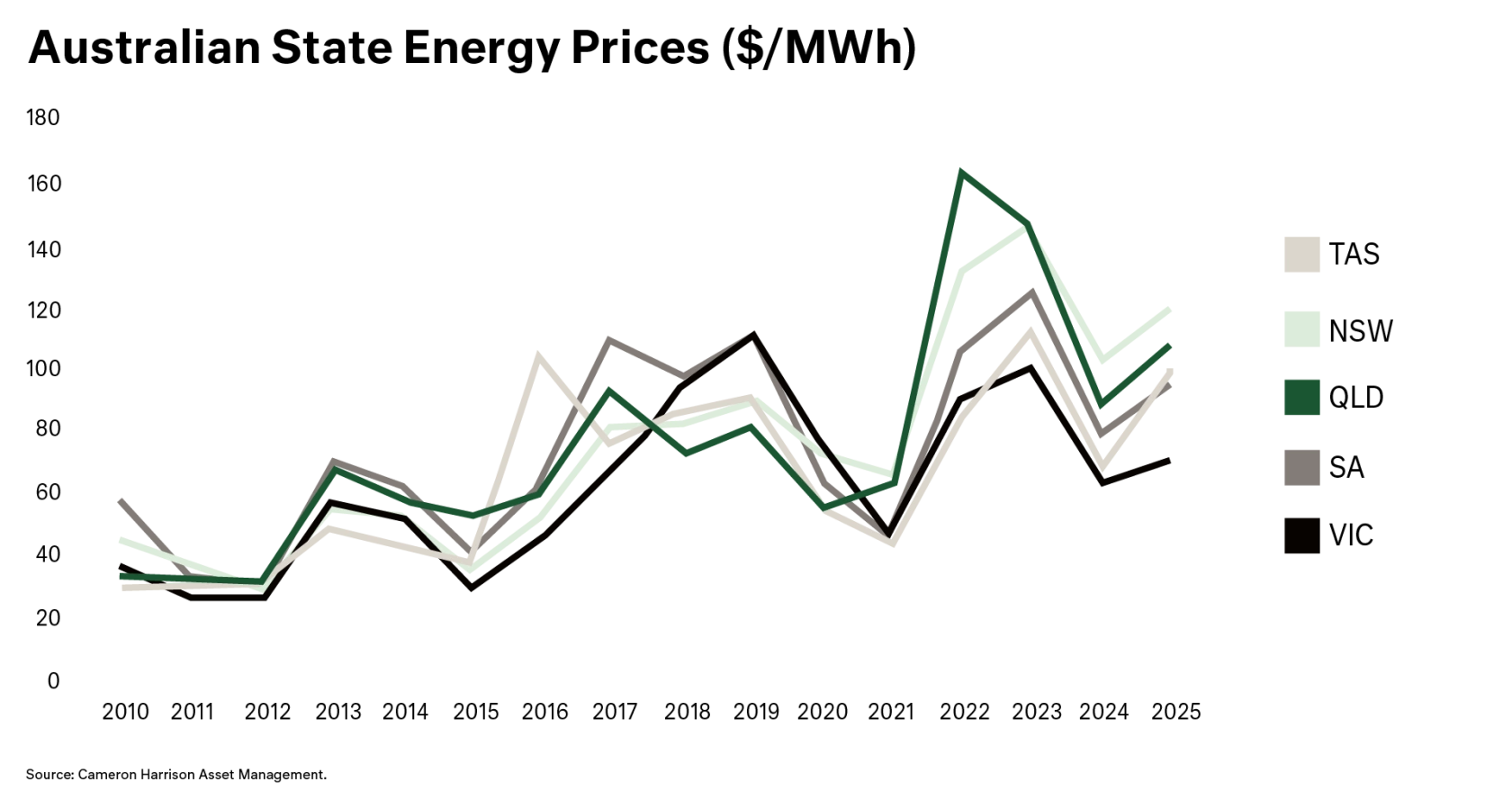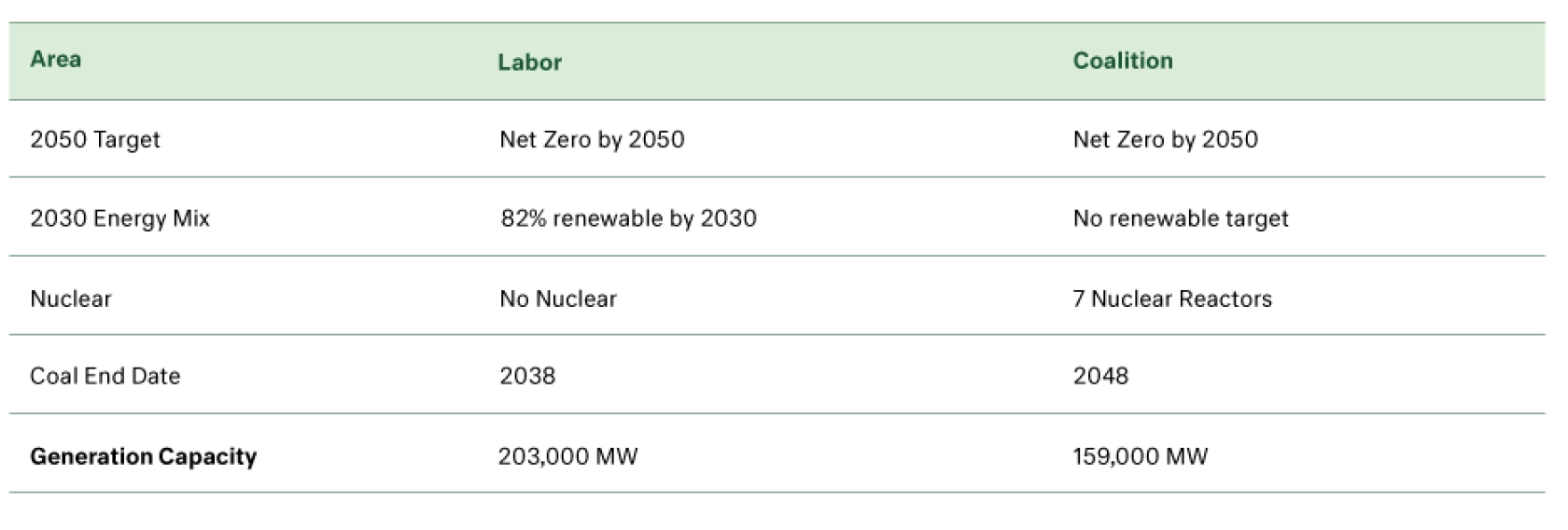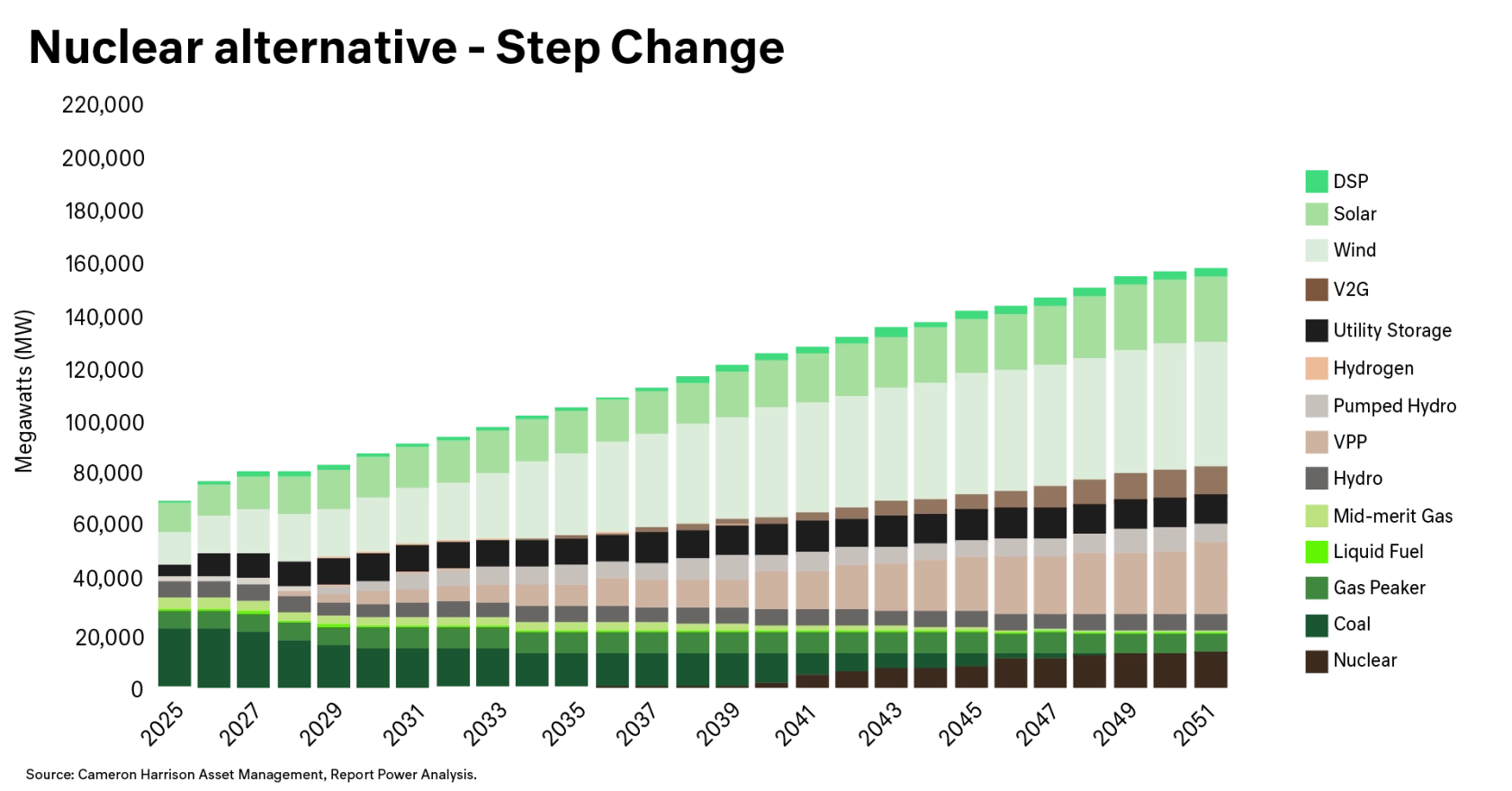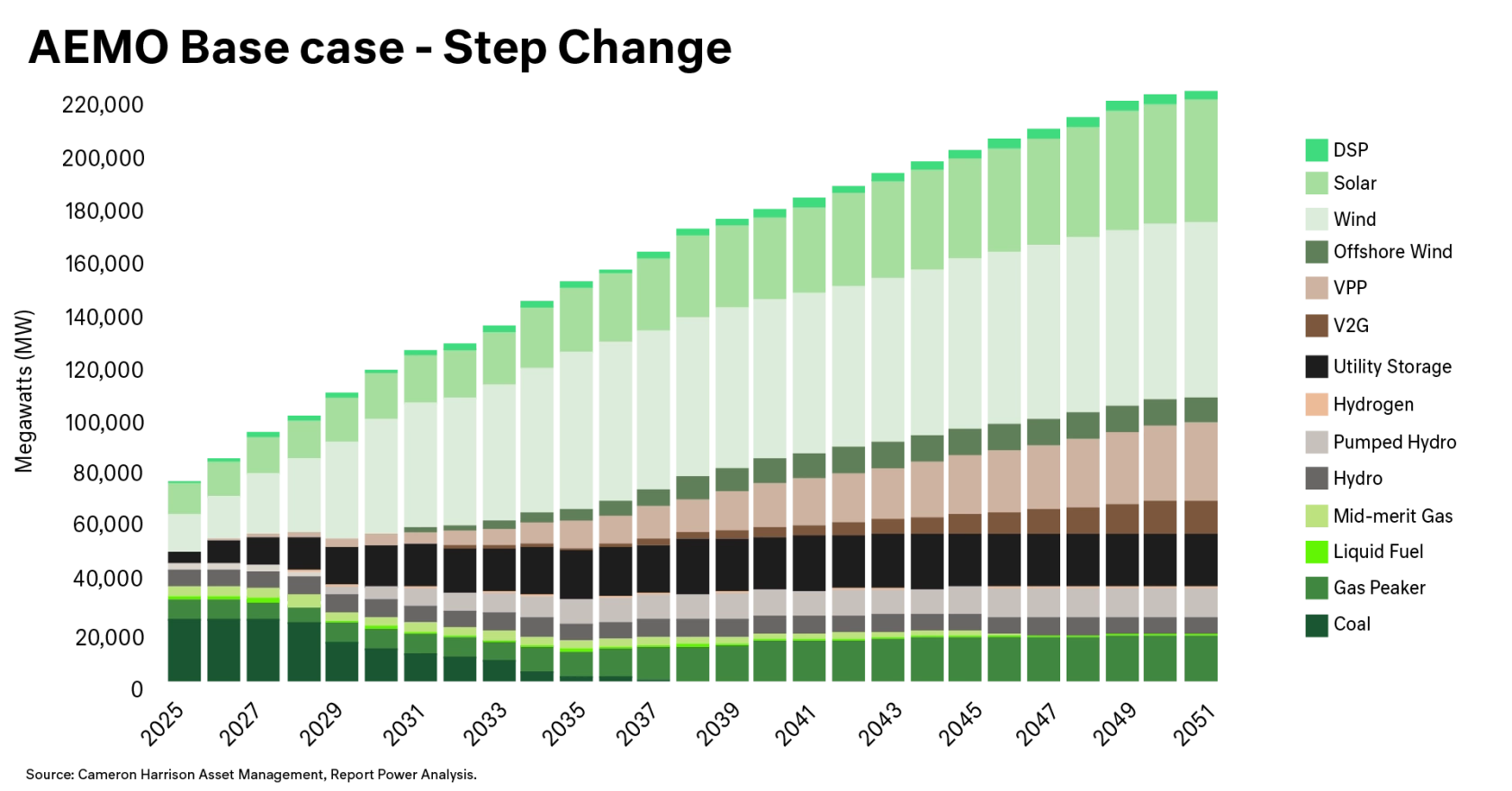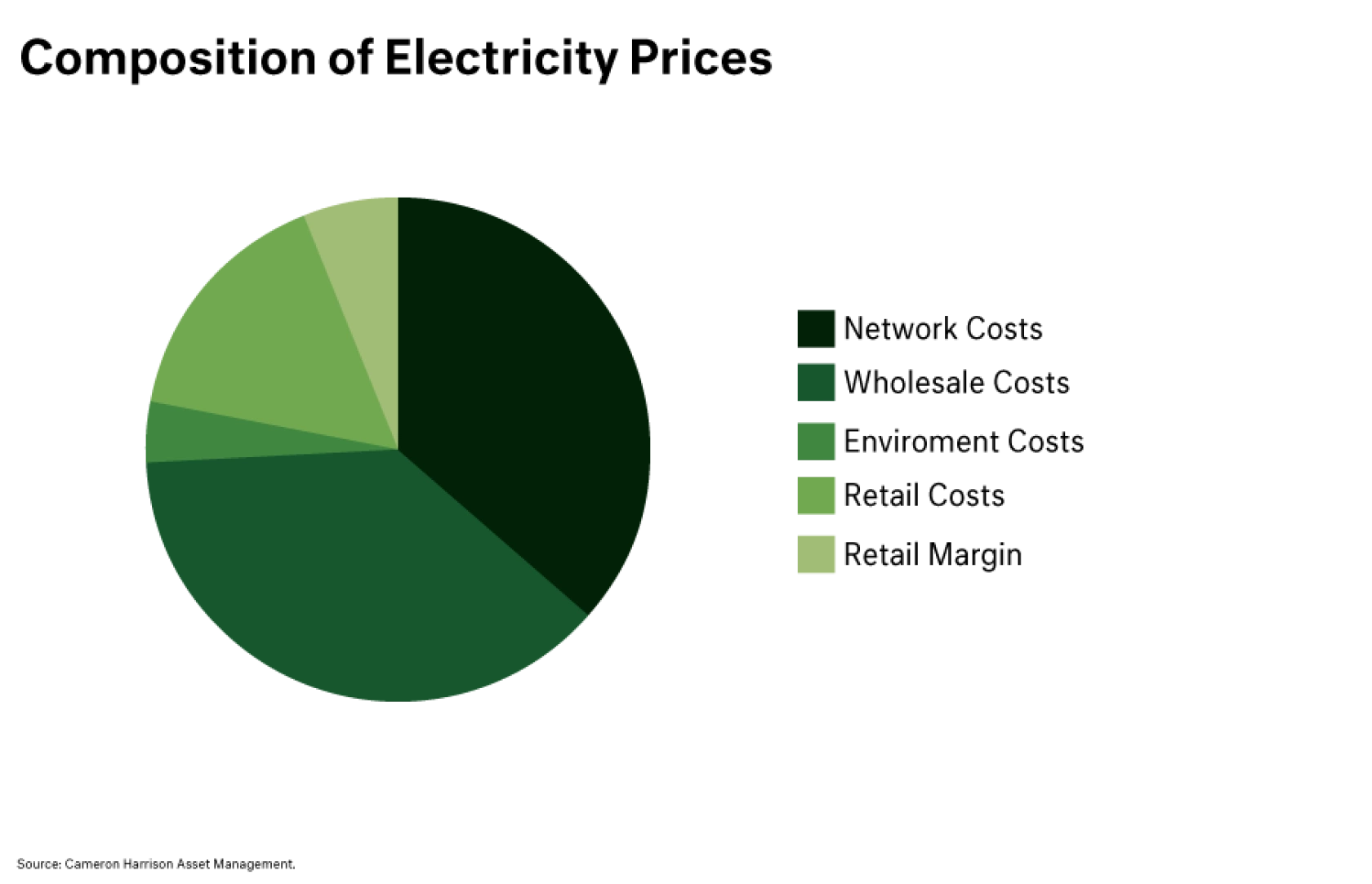Energy policy in Australia has been kryptonite for politicians since the turn of the century, costing several leaders their jobs. With a federal election around the corner, and nuclear sized promises, we ‘compare the pair’ on energy policy.

Both parties are, at this stage, committed to net zero by 2050, but will achieve this end point by different means. In simple terms, we see three main differences:
The Coalition is planning to run the existing coal fire generation for longer and then bring on nuclear plants as these roll off, starting in 2036 and finishing in 2048.
As nuclear can provide ‘coal-like’ base load, and is less intermittent than renewables, the Coalition argues that less generating capacity (storage, peaking plants) is needed.
A slower transition to renewables resulting in ~450 million tonnes of CO2-e (about ~2 years’ worth of extra emissions).
It should also be noted that the Coalition’s plan has two assumptions that have a high degree of uncertainty. First, the ability for Nuclear to be approved by the Labor controlled state premiers and built within 10-years appears optimistic. Second, it is assumed that nuclear will run 90% of the time, which is significantly higher than the AEMO forecasts.
Neither… both… maybe.
Over the next 5 years neither policy will have a large impact on energy prices, that structure of today’s energy mix was determined decades ago. After this period, we may see differences starting to emerge. The Coalition’s plan to maintain coal generation seems sensible at face-value, but these are very old assets, and anyone who has an old house or car will know that the running costs can increase rapidly.
Likewise, the roll out of transmission lines for renewables is meeting significant community resistance and higher construction costs. It seems likely that coal assets on the eastern seaboard will need to remain online for longer than first forecast to account for a slower renewable/transmission line rollout.
Approximately 35-40% of electricity costs are driven by production costs, with a similar amount for distribution, and the remainder, retail costs and margin. Global demand for coal and LNG is expected to remain strong, aided by restricted new supply, and this will flow through to elevated prices domestically over the medium term, whilst the cost of energy networks will only climb higher. Both costs are largely out of the hands of either party.
The planned closure of coal-fired power plants from 2030, colliding with an increased reliance on an incomplete renewable energy system poses legitimate fears over energy reliability in Australia. Particularly given the history of delays and cost blowouts on major projects in Australia, with labour and equipment availability a key concern. However, there is no option to do nothing. Our current infrastructure is nearing the end of its life, and new generation must be built – renewable, low emission and/or nuclear.
Take, for example, the measure of embodied energy in the construction of a residential building. Some estimates suggest that these figures will double over the next 25 years for structure and foundation construction alone. On an ‘average’ new build floorplan, this would see an increase in construction expenses attributable to energy alone of over $50 billion to meet the government’s 1.2 million new housing supply goal.
A sensible pathway would appear to be to progress a renewables rollout at a manageable speed, extend coal fire to help bridge the gap in the early 2030’s, and consider the implementation of small-scale nuclear reactors if the technology is proven between now and 2030. Alas, sensible and energy policy have never been synonymous in Australian politics.
Sourced from:
